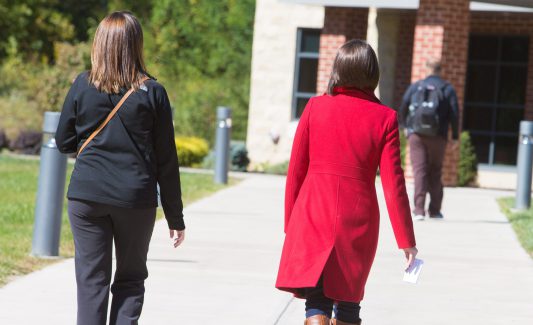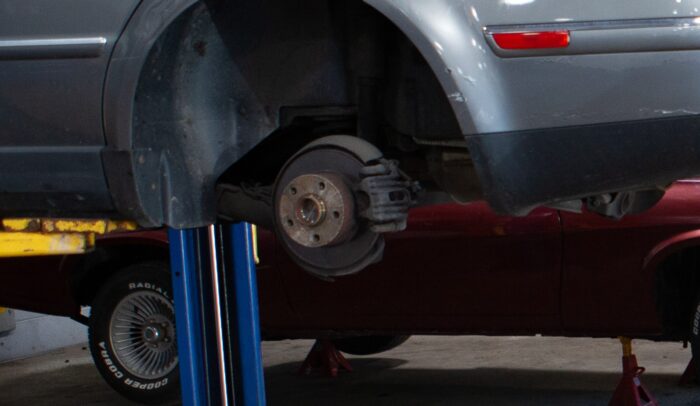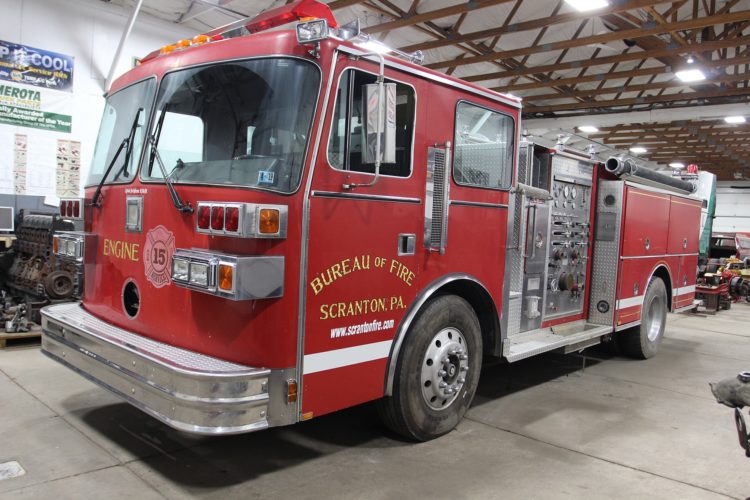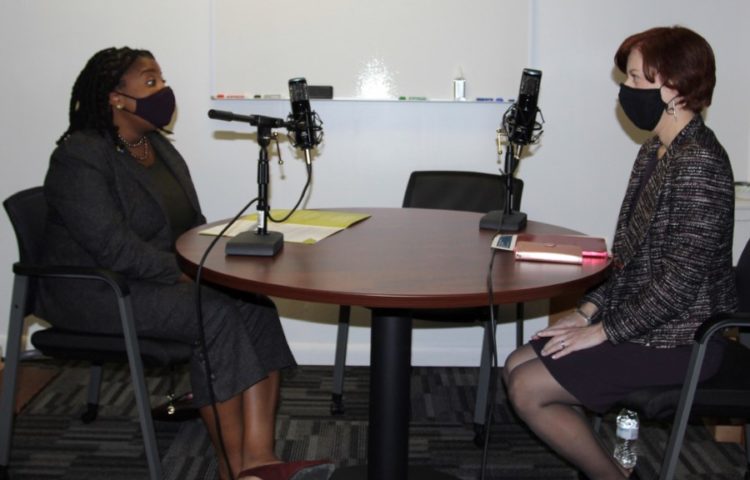Johnson College was one of 42 Pennsylvania institutions of higher education awarded a grant through Pennsylvania Governor Tom Wolf’s “It’s On Us PA” initiative. The $30,000 grant will help Johnson College improve campus awareness regarding sexual violence among students, faculty and staff.
The funds will help create an updated curriculum module for all students on the College’s Desire2Learn learning management system. The College will review current institutional policies, processes and resources available for reporting sexual violence and serving the needs of potential victims with a Pennsylvania Title IX consultant who will make recommendations for improved compliance and reporting. The grant will also support updated training for the College’s Title IX coordinator and staff to be sure that Johnson College is following best practice operations for continued campus safety within a climate of proactive leadership
The College’s mission is to be proactive in making students, faculty and staff fully aware of the issue of sexual violence, how to report and what resources are available to assist those in need. Additional grant activities will include a campus-wide It’s On Us program event in the spring where students, faculty and staff will be encouraged to take the It’s On Us pledge against campus violence.
“Our goal is to maintain the excellent record of low to no incidents of sexual violence on our campus,” said Dr. Katie Leonard, Johnson College president & CEO. “Should the need arise, we want to be proactively prepared to comply with Pennsylvania law. The It’s On Us grant will help us accomplish these goals.”
The It’s On Us PA grant program was created to provide colleges and universities with support and resources necessary to shift campus culture and promote healthy relationships. The grant provides funding from January 2021 through May 2022 to implement strategies on campuses to address goals of the Governor’s It’s On Us PA campaign, which include:
- Improve awareness, prevention, reporting, and response systems regarding sexual violence in schools, colleges, and universities to better serve all students.
- Remove/reduce barriers that prevent survivors of sexual violence from reporting and/or accessing vital resources by creating a more consistent, empowering reporting process for student survivors of gender-based violence.
- Demonstrate significant, proactive, and sustainable leadership to change campus culture by challenging Pennsylvania’s education leaders – including college and university presidents, as well as students, teachers, faculty, staff, families, and communities to pledge to improve their institutions’ climate around sexual assault.
Since 2016, the Wolf Administration has awarded 150 It’s On Us PA grants totaling nearly $4 million to more than 70 post-secondary institutions, including public and private two-year and four-year colleges and universities.









